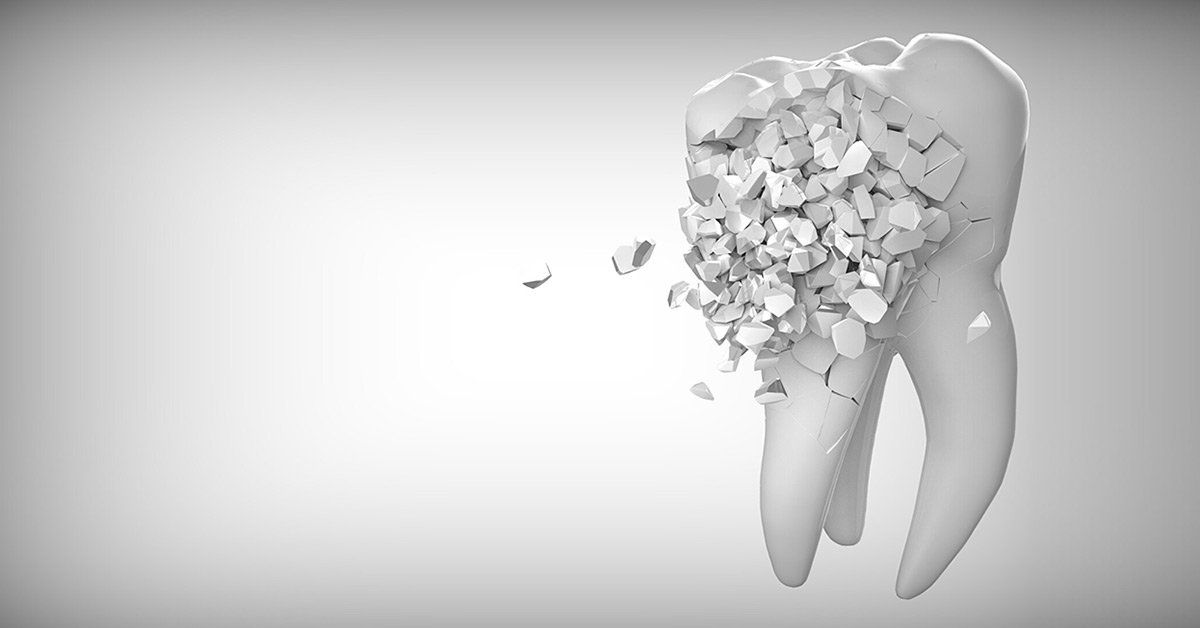552 Broadway, Suite 505
New York, New York 10012
How Long Do Dental Fillings Last?
Are you wondering how long your dental fillings will last for after getting them? Learn more about the longevity of dental fillings.
Did you know that around 90% of everyone over the age of 20 has had at least one dental cavity? More often than not, cavities need filling in order to protect the more sensitive tissues inside the teeth. If you're part of the 90% who have had a cavity in the past, this might sound familiar.
However, how long do fillings last and should you worry if you have had your fillings for a while? Is there anything you can do to help your fillings last longer? Are some fillings better than others?
If you're asking yourself these questions, this article will provide you with answers. To start off, let's take a look at what dental fillings are. We'll also explore the different types of dental fillings to see if some last longer than others.
What Are Dental Fillings
Dental fillings can range from just about any kind of material you can think of from metal to plastic. Dental fillings are not only for filling cavities, but your local dentist can use them to fill cracked or otherwise damaged teeth as well. By doing this, the inner part of the affected tooth will protect against bacteria and ultimately reduce the chances of infection and further damage.
The dental filling procedure is very straightforward. In the case of a cavity filling, your dentist will numb your gums with numbing cream and then a local anesthetic. Once the area is numb, the dentist will remove the cavity, often with a drill.
Afterward, the filling of your choice is inserted into the hole. The filling is manipulated and polished down so it will not interfere with chewing or talking. Some fillings may need a curing process that requires exposure to a special light before they are completely hardened.
After the filling, you may feel some discomfort or sensitivity in the area, but this should wear off in a few days. As long as you take care of your dental health, you shouldn't have to worry much about your teeth once you get your fillings. But what kind of fillings are there and should you opt for one over another?
The Pros and Cons of Gold Fillings
Gold fillings have long been one of the most common fillings in the dental industry and for a good reason. Gold fillings are some of the most durable fillings you can possibly get your hands on. They usually last between 10 and 15 years before they start to show signs of wear.
While gold often gets a bad wrap as being a soft and vulnerable metal, the gold used for fillings is very durable and can withstand the wear and tear from even the strongest chewers. Beyond that, many people prefer the appearance of gold in their teeth in contrast to other materials such as silver which appear as dark gray.
There are, however, a few downsides when it comes to gold fillings, some of which have nothing to do with oral health but rather your budget. For example, gold fillings are usually around 10 times more expensive than silver fillings.
Gold fillings often take two visits to the dentist to complete rather than one like some other fillings. This can be inconvenient if you have a busy schedule.
The Pros and Cons of Silver Fillings
Silver fillings are also very popular because not only are they similarly durable to gold fillings, but they are more affordable as well. They tend to last 10 to 15 years.
However, many people don't like the look of silver fillings. More than that, when you have silver fillings for a long time, the gray color of the silver tends to seep into the surrounding teeth. Some people may also be allergic to silver, so be sure to check for this if you plan on getting silver fillings.
The Pros and Cons of Tooth-Colored Composites
If you don't like the idea of having metal in your mouth, composite fillings are a great alternative, especially if you want your fillings to match the color of your teeth. With composite fillings, most people will never be able to tell that you've had fillings in the first place.
More than that, composite fillings are especially durable since the best dentist in your area will bond them to your teeth. Composite fillings are very versatile as well since they can be used to repair chipped and otherwise damaged teeth. The cons of composite fillings, however, are significant.
The biggest downside is that composite fillings last for a very short time compared to other fillings, usually no more than five years. As you can imagine, this can end up being costly in the long run if you need to get new fillings every few years. It takes quite a long time to get composite fillings compared to other fillings too.
The Pros and Cons of Glass Ionomer Fillings
You might have not heard of glass ionomer fillings and this is likely because these fillings are mainly used for children. However, they may also be used for adults in some cases. They are unique compared to other fillings because they are specifically used to fill cavities below the gum line.
They are also unique because of what they are made of (acrylic and glass) and how they work. These fillings, with time, release fluoride. This is ideal for those who often struggle with maintaining good dental care practices because the fluoride will work to strengthen the teeth and prevent further damage.
Unfortunately, like composite fillings, they do not usually last more than five years. However, some newer glass ionomer fillings have been improved upon so they might last a bit longer. This is especially true if these fillings are not in areas that receive a lot of wear and tear as the molars do.
Your Guide to Dental Fillings
By the end of this article, you should know all about the different dental fillings and how long each of them lasts. With this information, you can be confident that you'll always make the right decision when choosing dental fillings.
If you're looking for dental fillings,
contact us here to make an appointment.
Our Primary Service Areas
Content reviewed by the
Home / Meet the Doctors / Services / New Patients / Reviews / Contact
516-701-2062
All Rights Reserved | SoHo Dental Group


